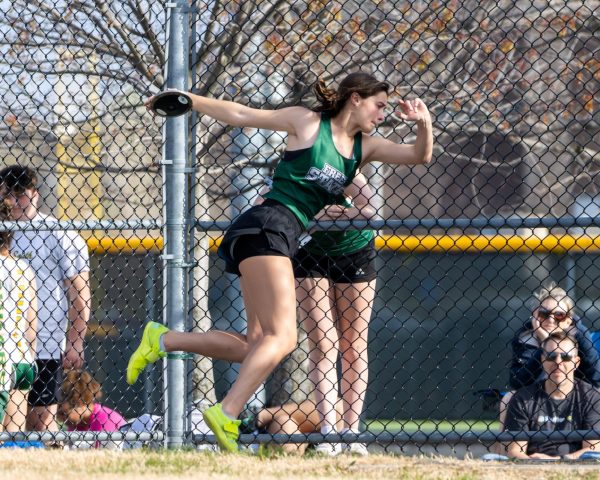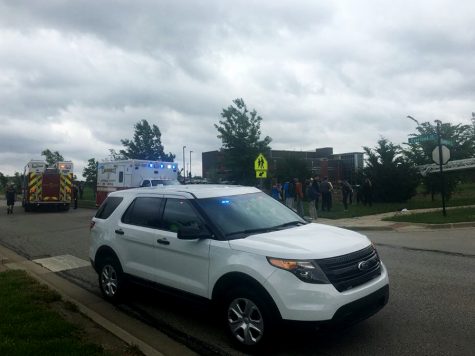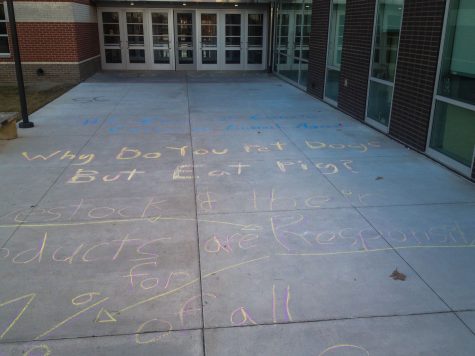USD 497 plans for One-on-One technology
Recently the school district has begun making strides toward one-to-one technology: providing one device for each student in every middle and high school. Assistant superintendent Jerri Kemble is heading this effort alongside school administration and a technology board.
Kemble says the district’s efforts are multi-pronged. The district wants to teach students how to use technology respectfully and effectively, as technology continues to become a larger part of students’ lives.
“There’s so much technology in your life now, most of you are already out there using technology–it’s kind of like letting you out on the playground, but there’s nobody on recess duty,” Kemble said.
Kemble and fellow assistant superintendent Dr. Angelique Nedved have begun working with different groups of people to get a better understanding of how these devices would affect students.
“Right now the people that we’ve talked to are: the principles, … the faculty, … a technology committee, [and] … students,” Kemble said.
More importantly, the district wants to restructure the way students learn and continue to blend the classroom.
“Traditionally students just consume content, so now we want students to be curators and creators of content,” Kemble said. “[If] you’re reading that book, instead of just reading that book, maybe you want to recreate a scene out of the book.”
Junior Mamie Rupnicki recognizes the flexibility one-to-one technology brings, since her former high school students were provided their own device, something Rupnicki notes was beneficial for homework and writing-intensive assignments.
“I think it would be really good because [at] my old school everybody had their own computer and it worked really well because it was a lot easier to do … school projects on your own time instead of having to rely on the school and libraries,” she said.
Although the switch to one-to-one technology won’t affect her as much as other students because she has her own device, junior Brittany Swearingen thinks there are benefits and drawbacks to the plan.
“I think it would be beneficial for some students and detrimental to others because teachers would more rely on this technology, and some students don’t have wifi at home … [and if] everyone had to use the same device it would be a difficult transition period,” Swearingen said.
Kemble says the district is already thinking ahead on bridging a possible technology gap that would come along with an operating system.
“We would have just a basic training so that they are familiar with … the ins and outs of the device,” Kemble said. “Then we would also want to look at ‘How do you use this as a learning tool?’ so that students can learn via this device … The intent is to enhance what you’re already doing.”
UPDATE: Since this article was written, the school district has chosen iPads as the technology that will be used next year.
Your donation will support the student journalists of Lawrence Free State High School. Your contribution will allow us to purchase equipment and cover our annual website hosting costs.








